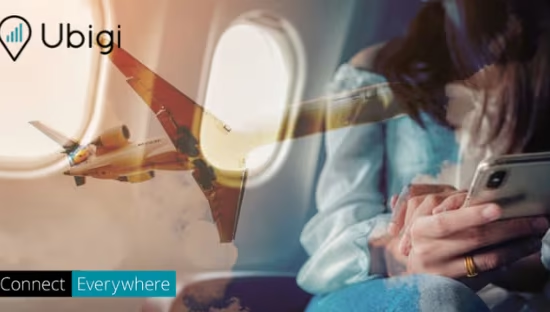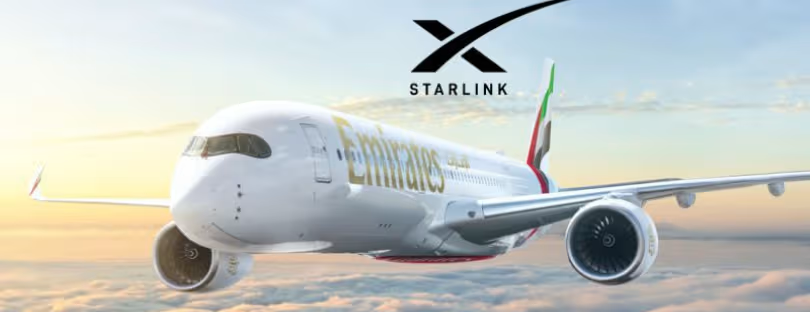
The Hotel Price War in 2025: Can Direct Bookings Beat OTAs?
The first half of 2025 confirmed an uncomfortable truth for hotels: price disparity is not only persistent—it’s worsening. According to the latest World Parity Monitor report, OTAs (Online Travel Agencies) undercut direct hotel rates in 33% of searches, up from 30% in 2024. Meanwhile, hotels managed to beat OTA pricing in 45% of the cases, while price parity—where rates are roughly the same—was achieved in just 22%. hotel price parity
This underscores an ongoing challenge: price integrity remains at risk, with OTAs frequently undermining direct distribution channels. While hotel websites are gaining in competitiveness, they are still often not the cheapest option shown to guests.
Can the Direct Channel Compete with 20+ Offers at Once?
A single hotel room search on Google Hotels often returns more than 20 offers. Unsurprisingly, most users click on the cheapest rate. Unfortunately for hotels, OTAs often steal the spotlight here. When comparing the direct rate to the best available offer (not just a single OTA), the hotel loses 75% of the time.
This flood of competing prices puts the direct channel in a constant defensive position. Although hotels beat OTAs outright in 16% of cases and match them in 9%, that leaves a massive 75% where at least one OTA displays a lower price than the hotel’s own website.
Has OTA Pricing Pressure Changed in 2025?
Despite fluctuations, OTA pressure hasn’t let up. The year began with a lose rate of 35%, dipped slightly in February and March, then rose again in April before finishing June at 28%—the lowest recorded this year. While that might seem like an improvement, the overall trend shows that pressure on the direct channel remains steady, much like it did in 2024.
Booking.com, in particular, showed volatility in the European Union. After a downward trend in late 2024, its lose rate rose again early in 2025 before declining in April and ending the semester at its lowest point in a year.
When Does the Direct Channel Have the Upper Hand?
Hotels perform better under specific booking conditions. The direct channel was more competitive in searches made well in advance, for longer stays, and particularly for families. Here’s how it breaks down: hotel price parity
- Family bookings: Beat OTAs 50% of the time.
- Solo travelers: Beat OTAs 45%.
- Couples: Beat OTAs 43%.
Clearly, the traveler profile plays a role. Families tend to book earlier and stay longer—giving hotels time and value leverage.
Timing is Everything: Booking Windows Matter
The longer the lead time before a booking, the better the hotel performs. For bookings made six to nine months in advance, the beat rate peaks at 51%. By contrast, same-day bookings hover at a 44% beat rate. This gives hotels a tactical takeaway: time allows for stronger rate positioning.
Length of Stay Also Affects Competitiveness
OTAs maintain their edge in short bookings, but as the reservation length increases, hotels gain the advantage. For example, one-night stays saw a 44% beat rate, while four-night stays climbed to 46%. Longer bookings often signal higher-value guests—giving hotels more flexibility to offer better direct pricing.
The Mobile Threat: Where OTAs Hit Hardest
Mobile continues to be a battleground where OTAs dominate. On mobile devices, hotels lose 38% of the time compared to 31% on desktop. The reason? Speed. OTA apps and mobile interfaces are optimized for instant decisions, often deploying:
- Flash sales
- Mobile-only discounts
- Time-sensitive promotions
Meanwhile, desktop users tend to compare more thoroughly—giving hotels a chance to persuade guests to book direct.
Who’s Undermining Price Parity the Most?
Not all OTAs are created equal. While Booking.com and Expedia have moderated their pricing strategies—keeping their lose rates under 21%—smaller OTAs have turned up the pressure. Traveluro and Bluepillow, for example, offered lower prices than the hotel’s website in over 50% of cases.
Metasearch engines further exacerbate the issue. By aggregating pricing across dozens of OTAs, they highlight price disparities even more clearly—making it harder for hotels to maintain consistency and trust in their direct pricing.
Visibility vs. Pricing: Two Opposing OTA Strategies
Major OTAs dominate visibility, especially in paid advertising slots on platforms like Google. Booking.com and Expedia lead the way in both organic and paid impressions. Their brand strength and advertising budgets allow them to rely less on aggressive undercutting.
Smaller OTAs, with limited visibility, pursue bookings through cutthroat pricing. Without ad budgets, their weapon of choice is offering the lowest price—even if it disrupts hotel pricing strategies.
Where OTAs Are Most Aggressive: Market Disparity Trends
Geography plays a significant role in price parity. The data shows direct channels hold up better in mature European markets such as:
- Paris – 23% lose rate
- Dublin – 25%
But the situation changes drastically in other regions. OTA pressure is significantly higher in:
- Buenos Aires – 51% lose rate
- Ho Chi Minh City – 50.6%
- Las Vegas – 46.4%
- New York – 37.6%
- San Francisco – 36.8%
Fragmented and high-density hotel markets see the worst parity issues, often due to inconsistent distribution strategies or lack of centralized control.
Hotel Chains vs. Independents: Who Holds Stronger?
Interestingly, independent hotels outperformed major chains in one key area: beat rate. Independent properties beat OTAs in 54% of cases, compared to 41% for larger chains. However, they also recorded a higher loss rate (37% vs. 31%).
Why the paradox? Independent hotels are more agile with pricing but have weaker negotiating power with OTAs. Hotel groups invest more in marketing and technology and have better OTA contracts—allowing more rate control but also making them more exposed to distribution disruptions.
Strategic Takeaways for H2 2025 hotel price parity
As we head into the second half of the year, the report makes one thing clear: rate integrity is non-negotiable for profitability and brand trust. To withstand OTA pressure, hotels need:
- Active rate monitoring systems
- Clear intermediary agreements
- A data-driven approach to distribution
- Smart segmentation of guest profiles (family, solo, couple)
- Tactical direct booking incentives timed for advance planners
The goal isn’t to abandon OTAs but to manage them better. The focus should be on partnering with those who add value, while mitigating risk from those who disrupt parity and undercut rates.
Final Word: A Call to Action for Hotels
The 2025 Half-Yearly World Parity Monitor reveals a hospitality landscape under constant price pressure. OTAs continue to play a pivotal role in distribution—but too often at the expense of the direct channel’s competitiveness.
For hotels, the key to success lies in proactivity: identify the moments and segments where direct rates can win, and invest in the systems, strategies, and partnerships that preserve price integrity across all touchpoints. Because every disparity left unchecked is a booking lost—not just in revenue, but in guest trust. hotel price parity









